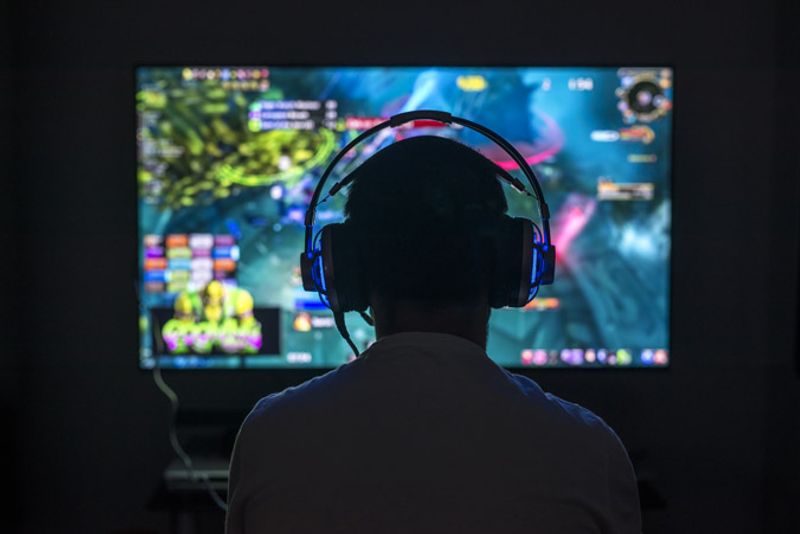Study provides ‘little or no support’ that 20-second breaks alleviate digital eye strain
The 20-20-20 rule to reduce the impact of digital eye strain may not be an effective therapeutic intervention, with researchers suggesting that longer break durations or different frequency may be more helpful.
“Regular breaks are frequently recommended by clinicians to minimize digital eye strain,” Sophia Johnson, BS, and Mark Rosenfield, MCOptom, PhD, FAAO, both of the SUNY College of Optometry, wrote in a study published in Optometry and Vision Science. “The so-called 20-20-20 rule, whereby individuals are advised to fixate on an object at least 20 feet away for at least 20 seconds every 20 minutes is widely cited. Unfortunately, there is relatively little peer-reviewed evidence to support this rule.”

Johnson and Rosenfield enrolled 30 adults (mean age, 24.1 years; 25 women) who were required to attend four sessions, each separated by a 24-hour period, within a 4-week interval. In each session, participants were asked to complete a 40-minute reading task on an Apple iPad tablet computer, which consisted of reading the material aloud and identifying words that began with a specific letter.
During each session, participants were allowed to take breaks to stop reading and look out the window at a distant target for 20 seconds, with breaks allowed every 5 minutes, 10 minutes and 20 minutes, respectively, for the first three sessions. The final session was 40 minutes with no break.
Before and after each session, participants were asked to complete a questionnaire about their ocular and visual symptoms, which were rated on a scale of 0 (none) to 10 (very severe).
The researchers reported that varying the interval between breaks did not produce a significant change in reading speed (P = .93) or reading accuracy (P = .55). They also reported that while there was a significant change in pre- and post-task symptom scores (P < .001), there was no significant effect from the break interval (P = .69).
“This study provides little or no support for the use of 20-second breaks to alleviate symptoms of digital eye strain,” Johnson and Rosenfield wrote. “This is not entirely surprising, since there appears to be little or no existing evidence to support the use of the 20-20-20 rule to minimize symptoms. However, these findings should not be interpreted as evidence that taking breaks is not helpful.”
They added: “Further studies should examine the effect of longer breaks at varying intervals to determine their efficacy, rather than passively viewing a far target (standing up and moving around could also be beneficial). Given the very high (and apparently increasing) prevalence of discomfort associated with the almost universal use of digital screens, finding procedures to reduce the level of symptoms is essential.”
